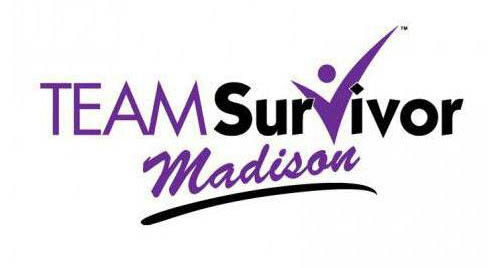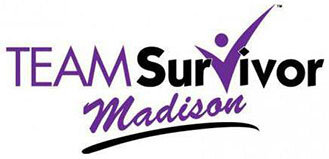TEAMSurvivor Madison
Program Safety Guidelines - Dragon Boat Paddling
Dragon Boat Paddlers’ Safety is our number one priority. Please familiarize yourself with these basic water safety protocols prior to joining in on the fun.
General Information
Each team member is responsible for their own safety at all times while engaging in activities related to practicing and racing in dragon boats.
Each member reviews and signs a waiver at every practice including emergency contact information for that day.
The steersperson is in charge of and responsible for your boat at all times. Their commands must be obeyed to insure everyone’s safety. Always listen to your steersperson for directions, regardless of the situation.
A buddy system is used in the event of a medical emergency or capsizing.
Dress appropriately. Wear shoes that can get wet and be secured. Apply sun protection, use sunglasses, and/or wear a hat.
Stretching and moderate exercise is advisable before paddling.
Hydration and good nutrition prior to paddling is advised.
If you are a non-swimmer, you should inform your coach and the steersperson.
Bring any personal health needs such as an epi pen or inhaler.
Let the coach know if you have any pertinent health concerns or physical limitations that could affect your role in moving the boat, getting in and out of the boat, and/or paddling.
Equipment
All paddlers must always wear a coast guard approved PFD (Personal Floatation Device) while on the water. PFD’s will be available at practice or you may bring your own. Inflatable PFDs are permissible.
Land Safety
When lifting, lowering and moving a dragon boat, paddlers must follow the coach’s/steersperson’s commands, move slowly and use safe techniques such as bending at the knees and not bending/straining their back. Paddlers must keep their feet and legs away from the trailer wheels and supports when the trailer is moving
A minimum of 10-12 paddlers are required to lift and move a dragon boat). If there are not enough of us, ask other crews (when available) for help.
The coach will decide paddlers’ seating positions and have them line up in order before they get into the boat. Paddlers of similar size and weight will be seated next to each other. Paddlers’ physical restrictions (such as which side they need to be on) will be respected.
On Water Safety
The team should review paddling commands with the steersperson/coach and review safety and emergency procedures before going out. Commands: "Hold the Boat" (paddle in the water to stop the boat until the steersperson/coach says, “let it ride”), "Let it Ride" (stop paddling and rest the paddle on your lap), and "Back Paddle". This will help the steersperson control the boat.
If paddlers are changing positions on the boat during a practice, all other paddlers must obey the "brace the boat" command from the caller or tiller.
Do not stand while in the boat.
Everyone wants to have a good time; however, paddlers should restrict talking in the boat and pay attention to the directions given by the steersperson/coach.
If you are having a medical emergency, raise your paddle blade above you to alert others or inform your buddy
If someone should have a medical emergency, everyone should remain silent as the steersperson gives directions.
Procedures
Loading procedure will be determined by the coach or steersperson. Listen for direction before getting in or out of the boat.
Only one person should be getting in or out of the boat at a time. For unloading, repeat the loading procedure as directed by the coach or steersperson.
Dragon boats can capsize. Unless otherwise instructed, paddlers should stay with the boat, hold onto it, and wait for further instructions. The steersperson will remain in charge of the team.
Your buddy is the person sitting beside you in your row.
The paddlers in the first row (row 1) of the boat are also buddies with the drummer/coach, and the paddlers in the last row (row 10) are buddies with the steersperson.
Locate or call out for your buddy and be sure they are safe.
People shouting and making noise will cause confusion. In the event of an emergency, every paddler must be ready to follow instructions.


